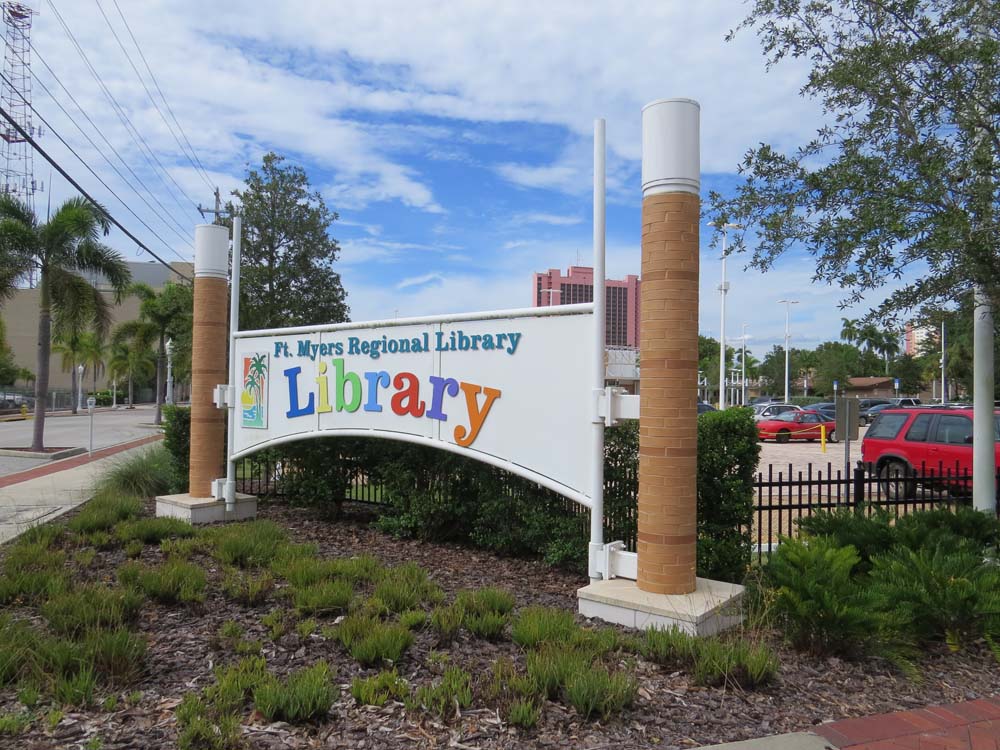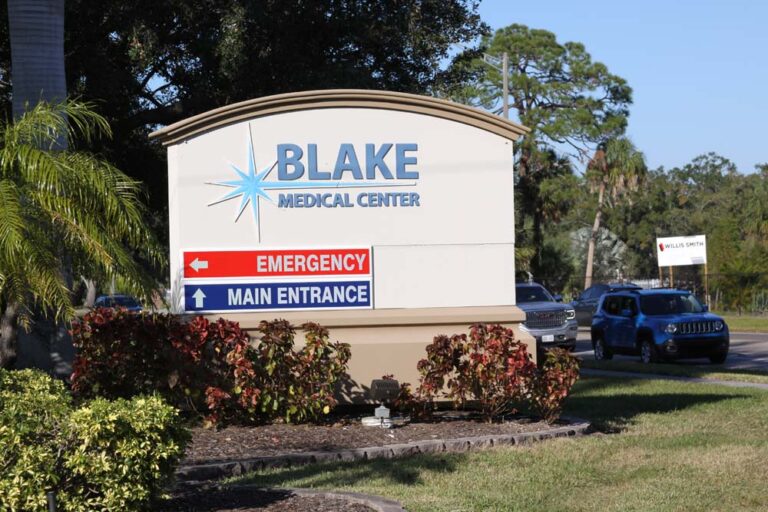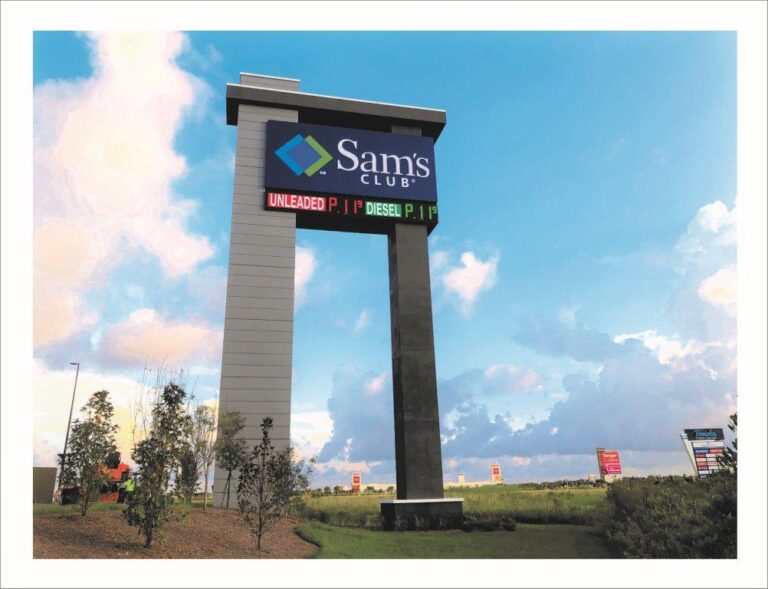Government Building Signage

Government building signage includes a variety of exterior and interior signage designed to guide, inform, and regulate visitors and employees. Here’s an overview of the types commonly found:
Exterior Signage
- Identification Signage: Displays the name and possibly the function of the building. It may include logos or emblems representing the specific government department or agency.
- Directional Signage: Helps visitors navigate to entrances, parking areas, and specific facilities like disability access points. These directional signs are crucial for large complexes with multiple buildings.
- Informational Signage: Provides visitors with essential information, such as opening hours, security notices, and any special instructions for entering the building (e.g., required identification).
- Regulatory Signage: Includes signs that enforce rules and regulations outside the building, such as parking restrictions, smoking areas, and security zones.
- Monument Signs: Often found at the entrance of government complexes, these monument signs provide a grander, more permanent identification for the facility.
Interior Signage
- Directory Signage: Located typically in the lobby or main entrance, these signs list the offices, departments, and room numbers found within the building, often with a map or layout.
- Wayfinding Signage: Strategically placed throughout the building to guide visitors to their destinations. This includes signs pointing to different departments, restrooms, stairwells, elevators, and emergency exits.
- Room Identification Signage: Marks offices, conference rooms, restrooms, and other facilities, often with braille for accessibility.
- Informational Signage: Provides details about the building’s rules, office hours, accessible facilities, and available services. This category can also include historical information or exhibits related to the building or government function.
- Safety and Emergency Signage: Essential for indicating emergency exits, fire extinguisher locations, evacuation maps, and instructions for emergencies. These signs are designed to be highly visible and understandable in crisis situations.
- Accessibility Signage: Indicates features and facilities accessible to individuals with disabilities, including wheelchair-accessible entrances, restrooms, and services.
- Temporary Signage: Used for events, meetings, or announcements, these signs are often found on easels or as banners and can be moved or changed as needed.
The design and placement of government building signage is usually governed by regulations to ensure consistency, accessibility, and effectiveness. They play a critical role in the functionality of government buildings, ensuring that visitors and employees can navigate the space efficiently and safely.







